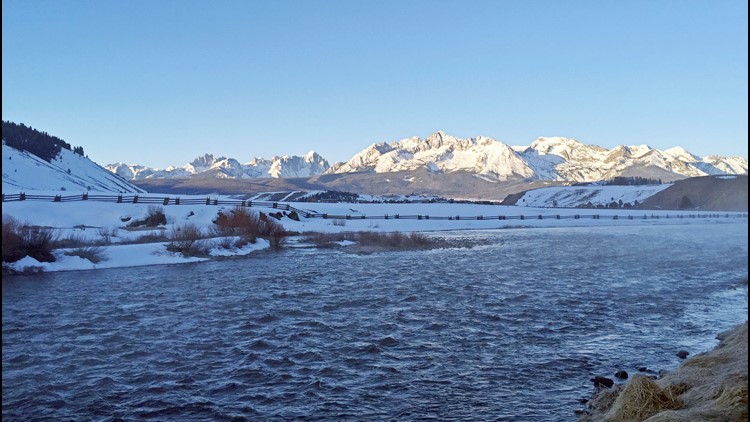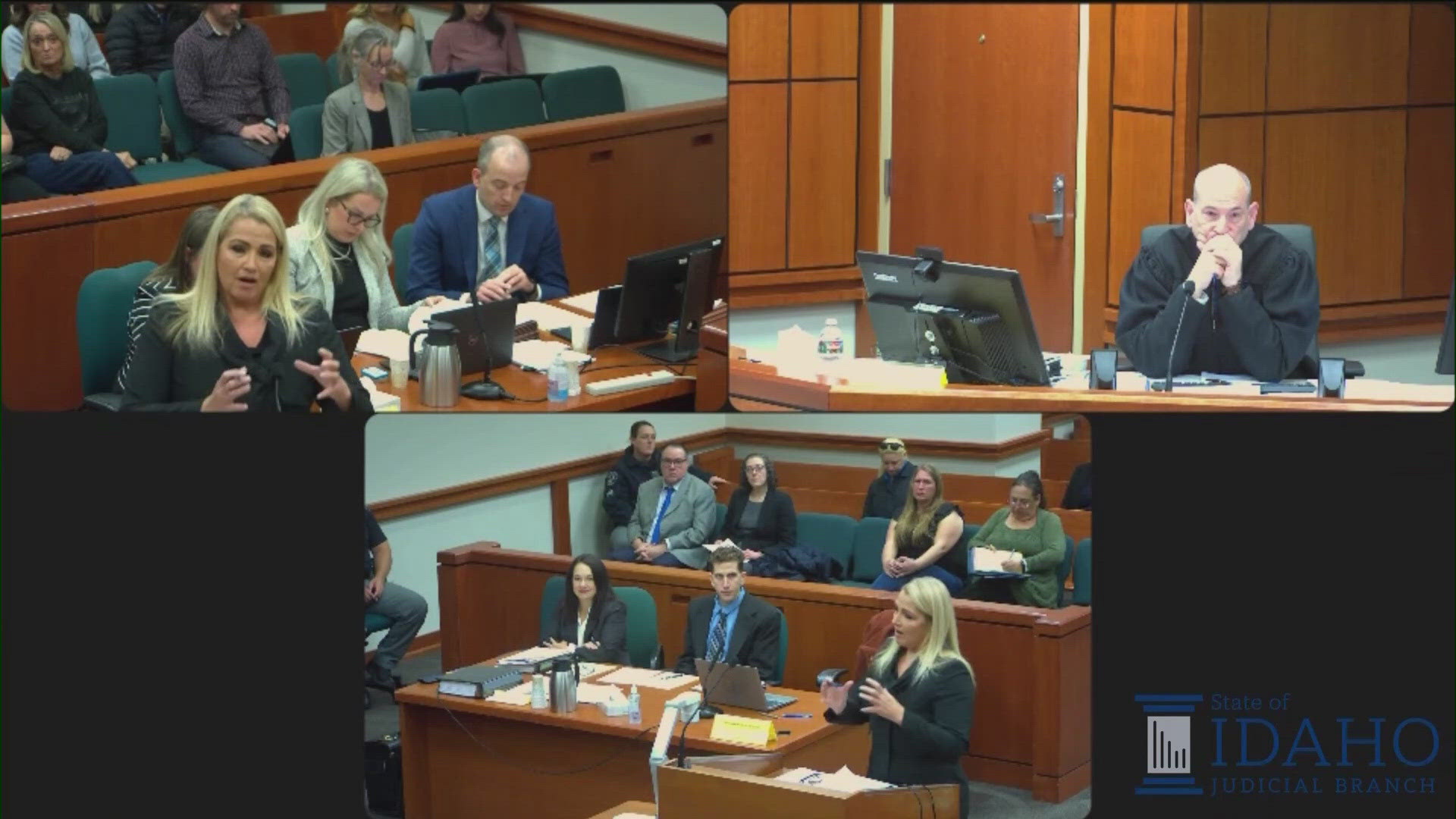BOISE, Idaho — The U.S. Forest Service has agreed to complete environmental reviews of 20 water diversions in central Idaho that a conservation group says could be harming imperiled salmon.
A U.S. District Court judge on Thursday signed off on the agreement between the Forest Service and Idaho Conservation League involving the water diversions in the Sawtooth Valley.
The conservation group says the Forest Service is violating the Endangered Species Act by failing to complete consultations with the U.S. Fish and Wildlife Service and NOAA Fisheries about the water diversions.
The Forest Service has three years to complete the reviews of the diversions that mostly supply water to homes in the area.
The diversions are on tributaries or the Salmon River, which is home to federally protected salmon, steelhead and bull trout.
Salmon and steelhead swim about 900 miles (1,400 kilometers) up the Columbia, Snake and Salmon rivers to arrive in the Sawtooth Valley.
"Any salmon that makes it up that far doesn't need to get sucked into an (irrigation) ditch or run into a dry creek," said Marie Callaway Kellner of the Idaho Conservation League.
Some landowners have also filed lawsuits contending the land where six of the diversions are located doesn't belong to the Forest Service. The Forest Service review will look into that question.
U.S. District Court Judge B. Lynn Winmill in June ordered the Forest Service to complete the reviews, and the documents filed Thursday spell out a timeline as agreed to by the Forest Service and Idaho Conservation League.
Specifically, the lawsuit said the Forest Service in 2001 prepared environmental documents called Biological Assessments and found most of the diversions are "likely to adversely affect" one or more of the protected species.
Those assessments were sent to Fish and Wildlife and NOAA Fisheries. But in June 2001, NOAA Fisheries notified the Forest Service, according to the lawsuit, that the additional information was needed to begin the consultation. The lawsuit says the Forest Service never followed up with that additional information.
Winmill rejected the Forest Service's argument that it didn't need to complete the consultations because, for two decades, it hadn't taken any action to resolve them.
That decision led to Thursday's formal agreement.
The Salmon River and eight tributary creeks are listed in the lawsuit as having diversions or some other type of structures harming fish.
The Sawtooth Valley has already seen a lot of conservation efforts for salmon and steelhead on streams at lower elevations, mainly on private land.
The lawsuit concerns public land managed by the Forest Service at higher elevations.
The Forest Service's Matt Phillips didn't return a call from The Associated Press on Friday.



